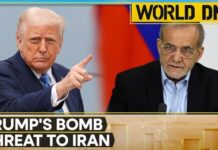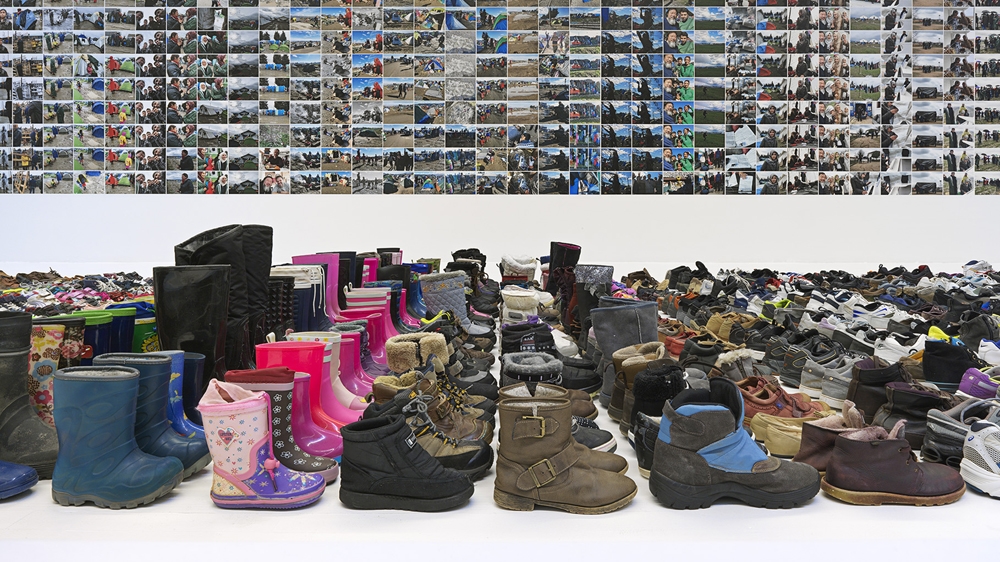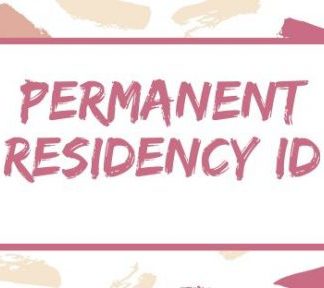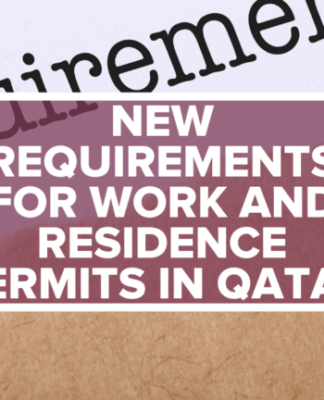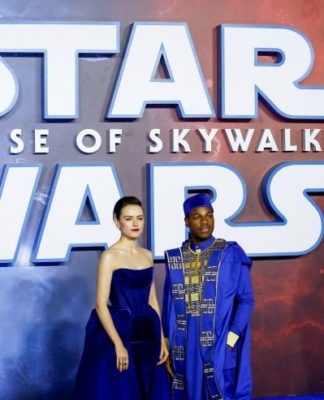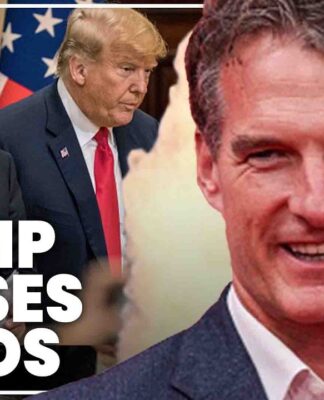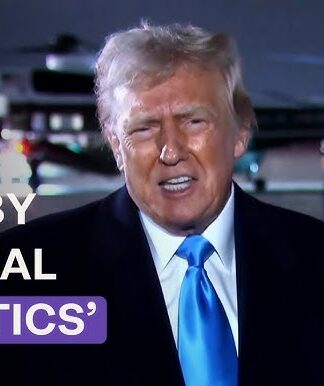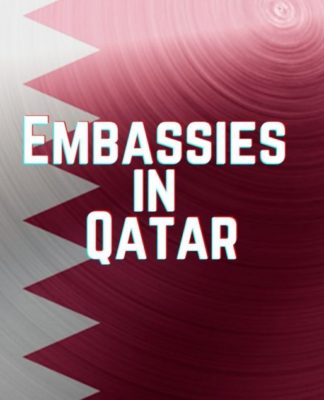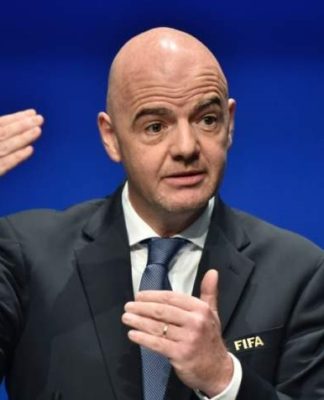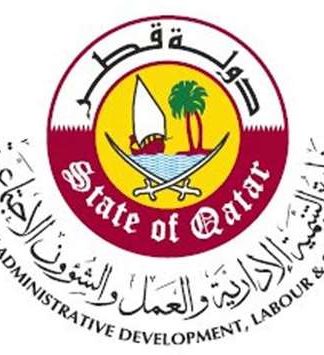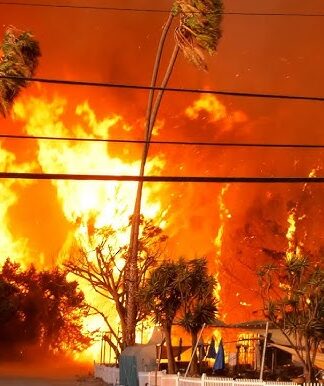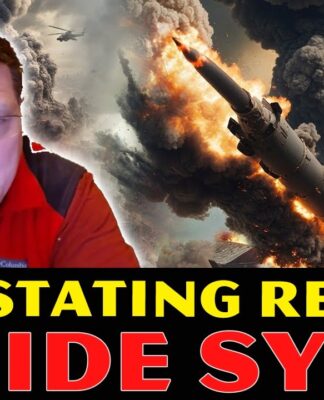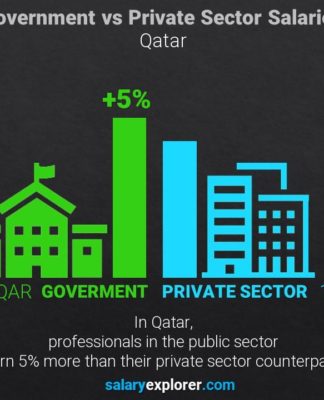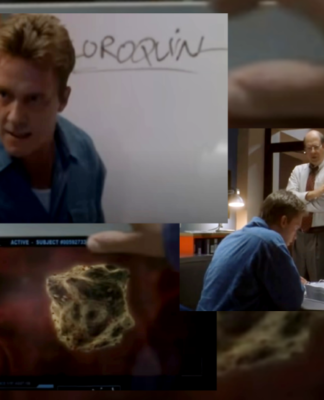Doha’s Fire Station art gallery expects exhibition on refugee crisis to inspire local artists to produce thought-provoking work.
An exhibition on the global refugee crisis by renowned Chinese artist and activist Ai Weiwei has arrived in the Middle East for the first time.
More than 2,000 items fill the room at the Fire Station art gallery in Qatar’s capital, Doha.
Tidy rows of clothes and shoes might resemble a fashion collection, but at the exhibition titled, Laundromat, they tell a different story: the items are all from a Greek refugee camp which no longer exists.
It is evidence of disrupted Syrian lives on the move – and of a refugee crisis that is not going away.
The exhibition is one of many held in Qatar, aiming to inspire young artists seeking to create art that focuses on social and political issues.
Khalifa al-Obaidli, the director of Fire Station gallery, hopes exhibitions like these will inspire local artists to explore new ways of creating art.
“We had Damien Hirst, we had Richard Serra, we had [Takashi] Murakami. All these names really have a big impact,” al-Obaidli told Al Jazeera.
“Here, we’re not looking for beauty. It’s more about art that has got a message.”
 |
| Shoes taken from a Greek refugee camp which no longer exists [File: Ai Weiwei studio] |
Dimitrije Bugarski, a Serbian graffiti artist who lives in Doha, finds inspiration by creating art that focuses on social and political messages, including the nine-month-long blockade of Qatar.
“Graffiti most of the times is a form of activism, but sometimes it’s also very personal and doesn’t relate to anything other than the person who’s doing it,” he told Al Jazeera.
“It’s a great way of expressing things for a cause and with a message.”
Referring to Laundromat, Bugarski hopes this type of exhibition will help broaden his skills.
Many artists believe activism through art is one of the most potent ways to navigate divisive politics.
 |
| Laundromat exhibition brings the European migrant crisis in focus [File: Studio Ai Weiwei] |
Among the most striking developments in the contemporary Middle East art scene is undoubtedly the emergence of female artists sharing their ideas.
“In 2005, a Saudi artist Manal al-Dowayan made a work called The Choice, about the right for women to drive. It’s only 10 years after her artwork that women [in Saudi Arabia] will start to have the right to drive,” says Abdellah Karroum, the director of Doha’s Mathaf Museum.
Today, al-Dowayan’s installation hangs suspended at the Mathaf museum. The doves hanging from the ceiling represent the lack of freedom of movement for Saudi women.
The installation was exhibited abroad in Europe. In it, the doves have been shown carrying documents that Saudi women need for travel.
The document, mehram, is the consent given by a male relative for a Saudi woman to travel.
SOURCE: AL JAZEERA NEWS







